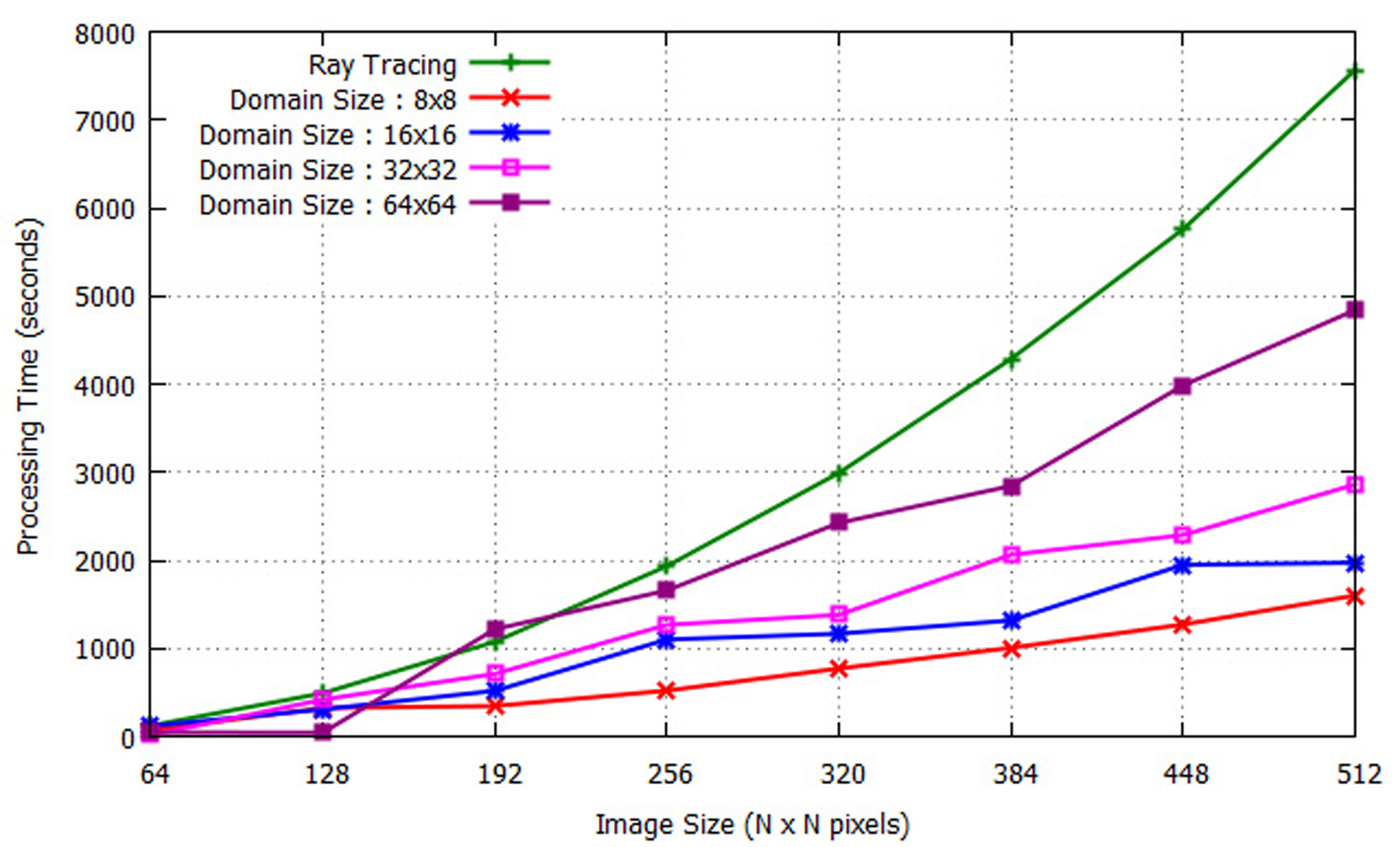“Pencil Tracing Mirage: Principle and its Evaluation” by Kanazawa, Sakato and Takahashi
Conference:
Type(s):
Entry Number: 77
Title:
- Pencil Tracing Mirage: Principle and its Evaluation
Presenter(s)/Author(s):
Abstract:
To generate realistic representation of the nature scene is one of the most challenging areas in the computer graphics community. Ray tracing[1] is the most well-known technique to synthesize a realistic image. Since ray tracing is the most suitable method for simulating reflection and refraction of the light, it has been used for simulating atmospheric optical phenomena due to reflection and refraction of the light. The mirage is a kind of atmospheric optical phenomenon. Therefore, it is possible to synthesize mirages in 3DCG by simulating or modeling condition of the air. We focus on pencil tracing technique[2] that is an extention of conventional ray tracing technique based on the paraxial approximation theory. Our simple method based on pencil tracing can efficiently generate an appearance of mirage without any complex thermodynamic simulation.
References:
1. Whitted, T, 1980. An Improved Illumination Model for Shaded Display. Comm. ACM. 23, 6, June 1980, 343–349.
2. Shinya, M., Takahashi, T., Naito, S, 1987. Principles and Applications of Pencil Tracing. SIGGRAPH Comput. Graph. 21, 4 (August 1987), 45–54. DOI=10.1145/37402.37408
Additional Images:









